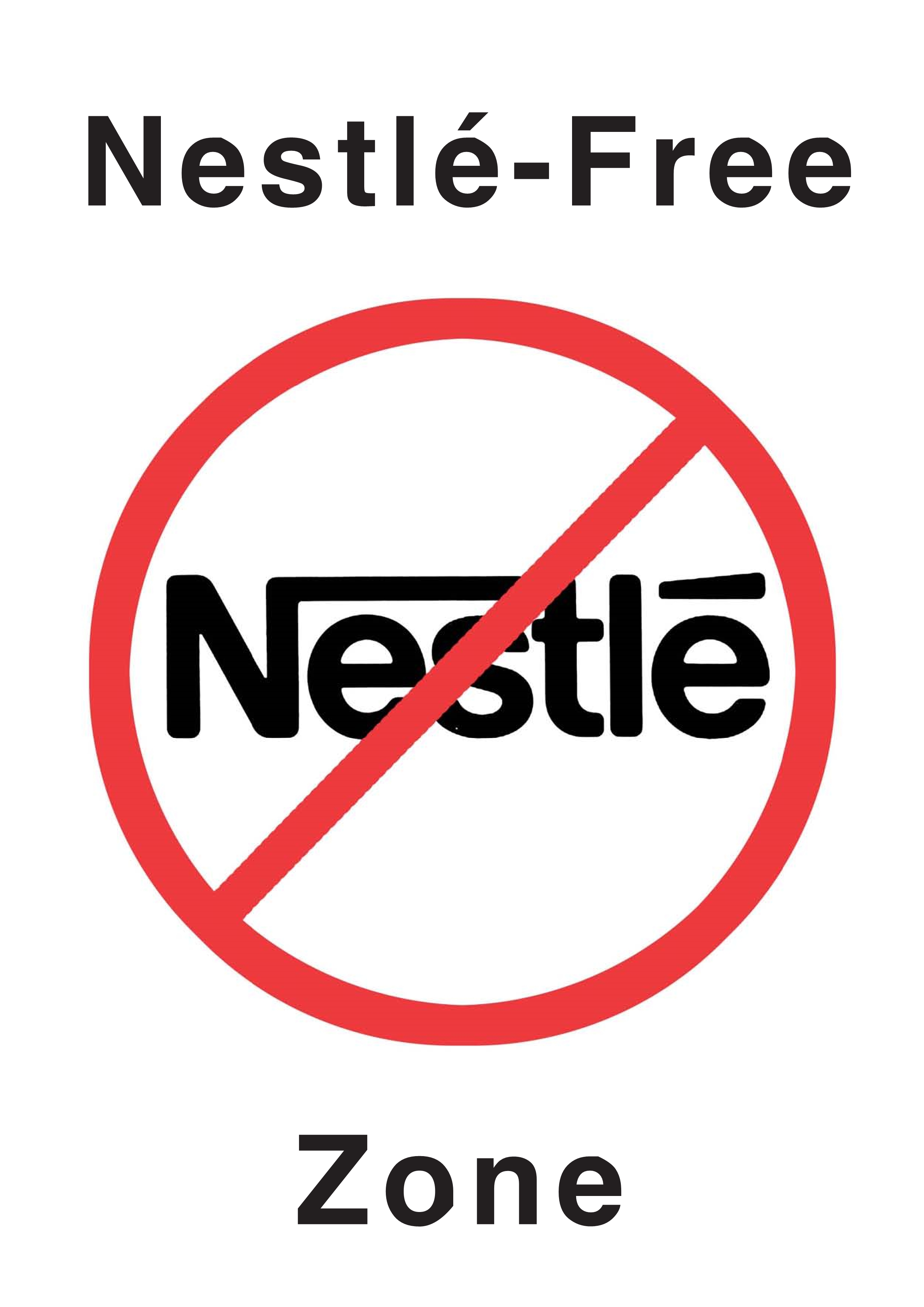International Breastfeeding Journal
Doulas have been instrumental in providing breastfeeding support to nursing mothers before and during the COVID-19 pandemic, as they can significantly impact a mother's ability to initiate and maintain breastf...
Improved breastfeeding practices have the potential to save the lives of over 823,000 children under 5 years old globally every year. The Baby-Friendly Hospital Initiative (BFHI) is a global campaign by the Wo...
High-temperature short-time (HTST) pasteurization (72–75 °C, 15 s) is an alternative treatment to traditional Holder pasteurization (HoP) (62ºC, 30 min) for donor milk. HTST pasteurization guarantees the milk’...
Mothers requiring the antiarrhythmic agent flecainide are often advised not to breastfeed, because of the lack of data concercing neonatal effects and flecainide plasma concentrations following maternal exposu...
Nipple adenoma is a very uncommon, benign neoplasm that involves the nipple. A palpable mass of the nipple associated with nipple discharge and erosion or ulceration is the common clinical presentation. Genera...
Evidence suggests that forced migration and refugee status may adversely impact mothers’ breastfeeding choices. Furthermore, suboptimal breastfeeding practices have been reported among vulnerable populations i...
Globally, there has been a decline in breastfeeding rates. This has resulted in increased infant mortality due to infectious diseases and inappropriate feeding practices. The aggressive marketing of breastmilk...
Birthing people with pre-pregnancy body mass indices (BMIs) ≥ 25 kg/m2, particularly those without prior breastfeeding experience, are at increased risk for suboptimal lactation outcomes. Antenatal milk expressio...
Little is known about women’s experience of care and views on early breastfeeding during the COVID-19 pandemic in Norway.
Shorter breastfeeding duration is associated with detrimental consequences for infant health/development and maternal health. Previous studies suggest social support is essential in maintaining breast/chest-fe...
The 2019/2020 Australian landscape fires (bushfires) resulted in prolonged extreme air pollution; little is known about the effects on breastfeeding women and their infants. This study aimed to examine the imp...
Domperidone is one of the most commonly utilised pharmacological galactagogues, with evidence of increasing use in clinical practice. However, the use of domperidone as a galactagogue remains controversial, wi...
Turkey hosts the highest number of refugees in the World including 65% of Syrian refugees who reside in Turkey. Mothers and children were the most negatively affected among the Syrian refugees who had to migra...
Recommended breastfeeding practices contribute to improved health of infants, young children, and mothers. Access to comprehensive maternity protection would enable working women to breastfeed for longer. Wome...
Despite strong evidence about the benefits of exclusive breastfeeding, that is the baby receiving only breast milk, no other foods or liquids, rates have remained relatively unchanged over the past two decades...
Breastfeeding should begin as soon as possible after birth and continue exclusively to 6 months of age. In Vietnam, as in many other countries, breastfeeding is decreasing because of modern lifestyles and the ...
Exclusive breastfeeding to six months of age is a major global public health priority. Several characteristics are known to be associated with early cessation of breastfeeding, however, limited evidence exists...
Approximately 80% of births in Taiwan occurred in Baby-Friendly accredited facilities, although the trend of exclusively breastfeeding infants until 6 months of age has stagnated in the last ten years. To guid...
Conflicting advice and non-evidence-based recommendations have a negative effect on breastfeeding. Since 2011, the National Food Agency in Sweden has informed parents that they can introduce tiny tastings (1 mL o...
Most Recent Articles: International Breastfeeding Journal
SubscribeFeliratkozás a következőre: International Breastfeeding Journal hírcsatorna

